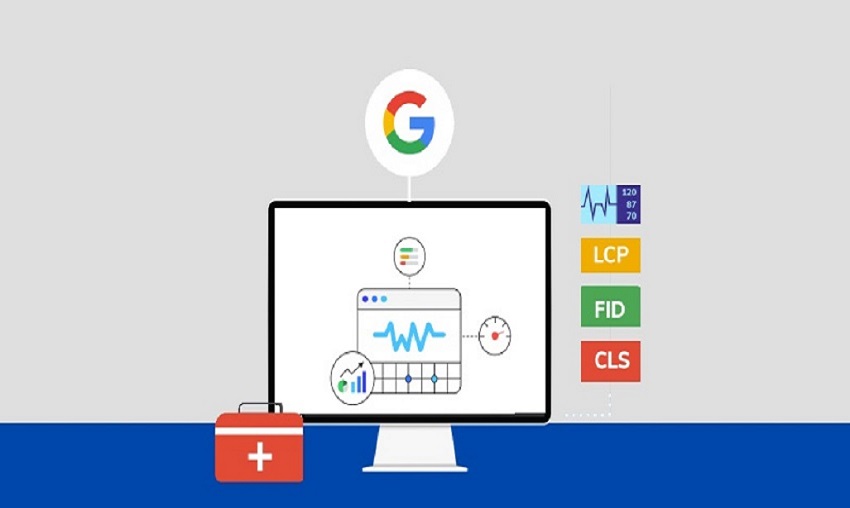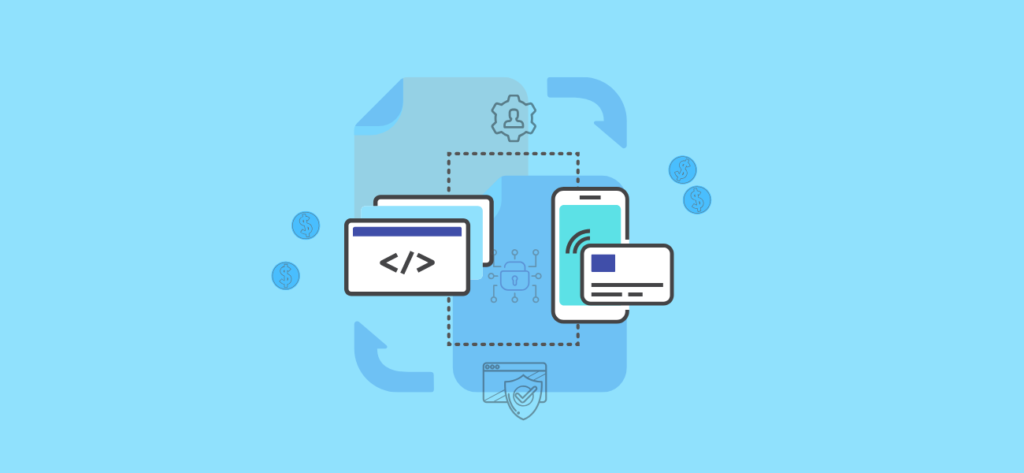
The Impact and Importance of New Technologies in the Oil & Gas Industry
According to Pew research Center, the majority of Americans seem to favor renewable energy sources. Over 80% of them support the expansion of solar panel and wind turbine farms, with support for offshore drilling, fracking, and coal mining declining more and more with each passing year.
It’s no longer the question of whether the oil and gas industry needs to change – the question is how to do it. The slow downturn that started back in 2014 is still influencing many companies, and even though signs of possible recovery are becoming apparent, only the smartest, most adaptable of businesses are likely to succeed.
So, what’s the key to triumph? It’s simple – new technology. Technological advancements can quickly lead to growth if you utilize them right. We’re here to show you how to do that.
Consider AI technology
Using AI isn’t just about doing things faster. The potential to improve processes is practically endless if you invest enough. You can make the entire supply chain exceptionally efficient with the help of AI programming that will quickly solve various development, production, and transportation issues that you’ve been struggling with.
This doesn’t mean that AI will replace your people, either. Your most competent workers will now be free to use their creativity to think of new business solutions. The oil and gas industry is generally struggling with lack of new talents right now. Too many experienced workers (especially engineers) are retiring with not enough fresh young blood to replace them – the youth are simply shifting their focus to IT skills. Using AI in your company could actually attract these young talents and help you fill up your workforce with competent and eager workers.
AI can also be used to measure seismic activity and analyze subsurface levels, minimize downtime for predictive maintenance, and predict risks of oil corrosion. Basically, if you’re not investing in AI right now, you’re bound to fail. All your competitors are doing it, and you need to beat them to the punch.
Invest in the latest equipment
Outdated equipment is not only slow, but dangerous. Keeping old pieces around is a big hazard, so you need to assess every piece you own and figure out when was the last time you did maintenance or changed necessary parts.
Something as simple as investing in new gate valves can make a huge impact on your business, especially if you get equipment made out of quality materials that are resistant to corrosion. If you haven’t taken stock of your inventory now would certainly be a good time – see which pieces need to be repaired, which needs some basic maintenance, and which need to be completely replaced with newer, faster, and sturdier models.
Infographic created by Smartcorr Systems, a corrosion monitoring equipment supplier
Rely on robotics
Investing in robotics can turn jobs that were previously extremely difficult and dangerous into a breeze. For example, connecting and disconnecting drill pipes is something a robot can do with ease. This dangerous operation is crucial to the whole process, and with proper robotic advancements you can make sure no person ever has to risk their life to do it.
Try out drone technology
A droid is small and it can fly – two characteristics that make it the perfect little soldier that you can send to all those places a human would have a hard time reaching or even find them inaccessible. This can make it a lot easier to monitor every single part of your operation and make sure everything is in order.
You can carry out every inspection remotely and then have your drone take a high-resolution picture of anything you need. The drone will give you feedback in real time, and you can quickly react if you notice that anything is amiss.
A drone can also help you map out rock outcrops and then have them be used to create 3D models that can act as a learning aid for new workers.
Minimize the impact on the environment
The oil and gas industry, same as any big industry, needs to find ways to become more environmentally aware if it wants to meet the ever-increasing demands for a greener Earth. More efficient equipment, automation, and progressive air pollution control technologies can go a long way to helping you minimize the impact of your business on the suffering environment.
The only way to improve public opinion of your operations is to keep these things in mind.
Investing in the technologies we mentioned can help your business thrive. Not only will you make the whole process faster, smoother, and more effective, you can also minimize your impact on the environment. With AI, robotics, drones, and good equipment you will lessen the chances of oil spills, which are generally still one of the biggest and most dangerous ways the oil and gas industry causes harm. Find a way to make your business cleaner, safer, and smarter, and you’ll stay on top.















